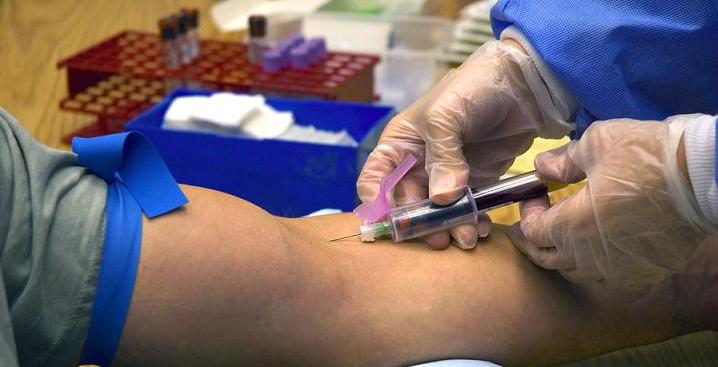**Title: What Does a Phlebotomist Do: A Comprehensive Guide**
**Introduction:**
Phlebotomy is a critical part of the healthcare field that involves drawing blood for various purposes, including medical testing, transfusions, and research. Phlebotomists play a vital role in ensuring the accuracy of test results and the overall well-being of patients. In this article, we will delve into what phlebotomists do, their responsibilities, training requirements, and the importance of their role in the healthcare system.
**What Does a Phlebotomist Do:**
Phlebotomists are healthcare professionals trained to draw blood from patients for medical testing, transfusions, research, or blood donations. They work in hospitals, clinics, laboratories, blood donation centers, and other healthcare settings. Some of the key responsibilities of a phlebotomist include:
1. **Collecting blood specimens:** Phlebotomists are responsible for collecting blood samples from patients using venipuncture or fingersticks. They ensure that samples are properly labeled and stored for testing.
2. **Assisting patients:** Phlebotomists must have strong communication and interpersonal skills to help patients feel comfortable and at ease during the blood collection process. They provide information to patients about the procedure and address any concerns they may have.
3. **Following safety protocols:** Phlebotomists must adhere to strict safety and infection control protocols to prevent the spread of diseases and ensure the safety of both patients and themselves. This includes proper hand hygiene, using personal protective equipment, and following established procedures for blood collection.
4. **Performing quality control:** Phlebotomists are responsible for ensuring the accuracy and integrity of blood samples by following quality control procedures, verifying patient identities, and properly labeling samples.
5. **Maintaining equipment:** Phlebotomists are responsible for maintaining and sanitizing their equipment, such as needles, syringes, and blood collection tubes, to ensure the safety of patients and the quality of blood samples.
6. **Documenting and reporting:** Phlebotomists are required to accurately record patient information and test results, maintain detailed records of blood collections, and report any deviations from standard procedures.
**Training and Certification:**
To become a phlebotomist, individuals must complete a phlebotomy training program, which typically includes coursework in anatomy, physiology, medical terminology, and venipuncture techniques. After completing a training program, phlebotomists must pass a certification exam to become certified phlebotomy technicians (CPTs).
**Benefits of Phlebotomy:**
– Fulfilling and rewarding career in the healthcare field
– High demand for phlebotomists in various healthcare settings
– Opportunities for career advancement and specialization in areas such as pediatric phlebotomy or geriatric phlebotomy
**Practical Tips for Phlebotomists:**
– Maintain a calm and reassuring demeanor when interacting with patients
- Double-check patient identities and sample labels to prevent errors
– Stay up-to-date on industry trends and best practices through continuing education
**Conclusion:**
Phlebotomy is a crucial aspect of healthcare that requires skill, precision, and compassion. Phlebotomists play a vital role in ensuring the accuracy of medical test results and the well-being of patients. By following strict protocols, maintaining quality control, and providing excellent patient care, phlebotomists contribute to the overall effectiveness of the healthcare system. If you are considering a career in phlebotomy, be prepared for a challenging yet rewarding profession that makes a difference in the lives of others.
